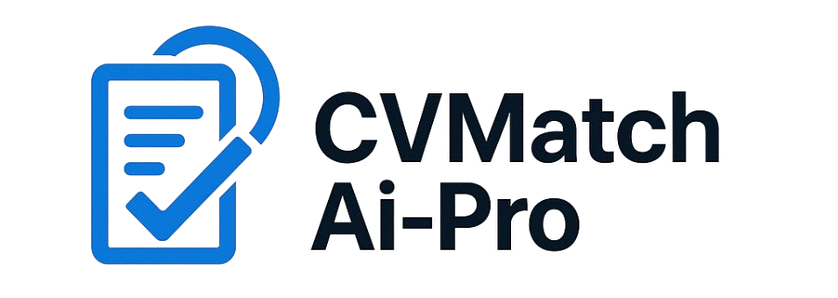Automating Candidate Analysis: Dream or Reality?
For years, recruiters have dreamed of fully automating the candidate analysis process. In 2025, technology has brought that dream closer to reality than ever before. But is automated candidate analysis truly flawless, or are there still gaps that technology has yet to fill? Let’s dive into the current state of automation in recruitment and what it means for the future.
The Traditional Challenges of Candidate Analysis
Reviewing and assessing candidates manually has long been a critical, yet cumbersome, part of the hiring process. Despite best efforts, manual analysis is prone to errors, bias, and inefficiencies that can cost companies top talent and valuable time.
Time-Consuming and Resource-Heavy
- Manually analyzing dozens or hundreds of resumes per role demands a significant investment of time and manpower, delaying hiring decisions.
- Recruiters often spend more time screening than building relationships with top candidates, diminishing their strategic value to organizations.
- Prolonged analysis can result in missed opportunities as the best candidates are quickly snapped up by faster-moving competitors.
Inconsistent Evaluation Standards
- Without automation, candidate evaluations can vary greatly between recruiters, even when reviewing the same profiles.
- Subjectivity creeps in, allowing personal biases and individual preferences to impact hiring decisions.
- Inconsistent assessments reduce fairness and may contribute to poor hiring outcomes, harming organizational performance over time.
How Automation is Transforming Candidate Analysis
Automation technologies are reshaping how recruiters evaluate candidates, making the process faster, more consistent, and data-driven. While still evolving, current tools already offer powerful enhancements to traditional recruitment methods.
Resume Parsing and Intelligent Matching
- AI-powered resume parsers can automatically extract key skills, experiences, and qualifications, structuring unstructured data for easy comparison.
- Intelligent matching systems rank candidates based on how closely their profiles align with job descriptions and employer needs.
- This automation eliminates repetitive tasks, allowing recruiters to focus their expertise on high-value interactions with candidates.
Automated Skill Assessment Tools
- Platforms like Codility and HackerRank automate technical skill evaluations, delivering objective and standardized results.
- Behavioral and cognitive testing tools provide deeper insights into candidate fit, assessing not just technical skills but cultural alignment as well.
- Automated assessments accelerate decision-making and remove subjectivity from early-stage candidate evaluations.
AI Interview Assistants
- New AI-driven tools like HireVue analyze video interviews for communication skills, sentiment, and behavioral traits, offering additional layers of evaluation.
- Structured AI interviews ensure every candidate is asked identical questions, promoting fairness and consistency.
- These assistants provide structured feedback reports, helping recruiters make more informed decisions based on data rather than impressions alone.
The Benefits and Limitations of Automated Candidate Analysis
While automation delivers major advantages, it’s important to recognize its current limitations. A balanced approach combining technology and human judgment remains essential for optimal hiring outcomes.
Key Benefits
- Significant time savings by automating repetitive tasks like resume screening and initial assessments.
- Enhanced consistency and objectivity, leading to fairer evaluations and improved candidate quality.
- Scalability to manage high-volume recruitment campaigns without increasing headcount.
Main Limitations
- AI and automation tools are only as good as the data and algorithms behind them, leaving room for hidden biases.
- Automated systems may struggle to assess soft skills, emotional intelligence, and complex cultural fit nuances.
- Over-reliance on automation can dehumanize the recruitment process, diminishing candidate engagement and experience.
The Future of Candidate Analysis: Toward Augmented Recruitment
The future lies not in replacing recruiters with machines, but in augmenting their capabilities. AI will handle the heavy lifting of data processing, while human recruiters will focus on building relationships, assessing potential, and making final hiring decisions.
Human + AI Collaboration
- Recruiters will increasingly act as talent advisors, interpreting AI insights and adding human context to final hiring decisions.
- Technology will free recruiters from administrative tasks, allowing more time for strategic initiatives and candidate engagement.
- Organizations that successfully blend AI capabilities with human expertise will dominate the war for talent in the coming decade.
Conclusion
Automating candidate analysis is no longer a dream—it’s a tangible reality transforming recruitment today. However, the best outcomes are achieved by combining the efficiency of automation with the emotional intelligence and strategic thinking of human recruiters. In 2025 and beyond, the smartest hiring teams will be those that harness the full power of both worlds.
